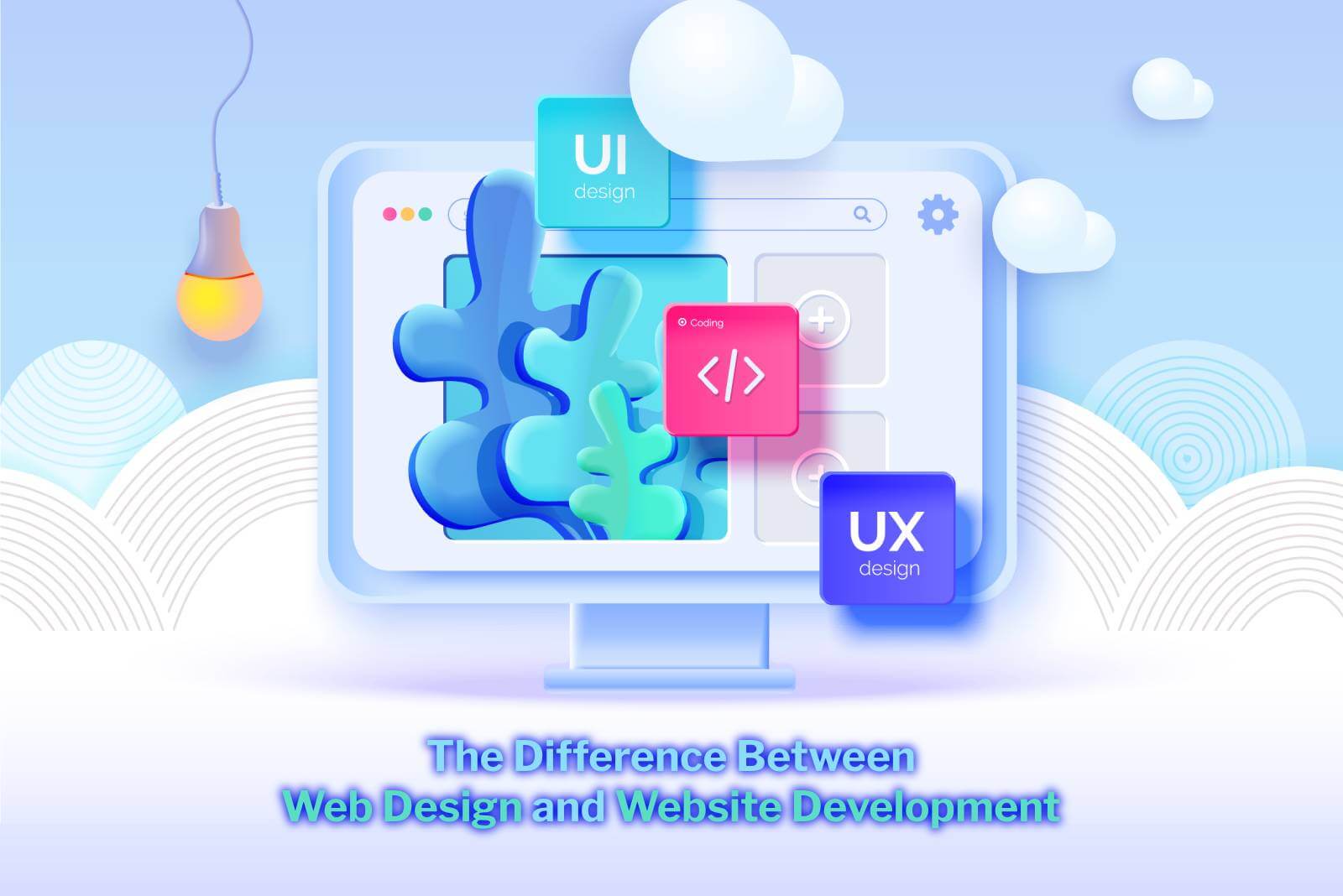
In the digital age, establishing an online presence is imperative for businesses and individuals alike. As you embark on this journey, you’ll likely come across terms like “web design” and “website development.” While these terms are often used interchangeably, they actually refer to distinct aspects of creating a successful website. In this article, we’ll delve into the nuances that set web design and website development apart, helping you gain a clearer understanding of each discipline’s role in crafting an exceptional online platform.
Web Design: Crafting the Visual Identity
Imagine you’re walking into a well-designed store. The colors, layout, and arrangement of products all contribute to your initial impression and overall experience. Web design is the digital equivalent of this aesthetic arrangement. It focuses on the visual aspects and user experience of a website. A web designer’s primary goal is to create an appealing, engaging, and user-friendly interface that resonates with the brand’s identity and communicates its message effectively.
Key Elements of Web Design
Layout and Structure
Web designers decide how elements will be arranged on each page. This includes placing headers, content blocks, navigation menus, and call-to-action buttons in a logical and visually pleasing manner.
Color Palette and Typography
The choice of colors and fonts contributes to the website’s mood and readability. Consistency in typography and color usage ensures a cohesive visual experience.
Graphics and Imagery
High-quality images, icons, and graphics are carefully chosen to enhance the website’s aesthetics and support its content.
User Experience (UX) Design
Ensuring smooth navigation and intuitive interactions is crucial. Web designers aim to create a seamless journey for visitors, making it easy for them to find information and engage with the site.
Responsive Design
With the prevalence of various devices, web designers incorporate responsive design techniques to ensure the website looks and functions well across different screen sizes.
Website Development: Building the Functional Framework
While web design focuses on the look and feel, website development involves turning those design concepts into a functional reality. Developers use various programming languages and technologies to build the backend systems, databases, and interactive elements that power the website’s functionality.
Key Aspects of Website Development
Front-End Development
Front-end developers are responsible for translating the visual design into actual code. They work with HTML, CSS, and often JavaScript to create the interactive elements users see and interact with directly.
Back-End Development
The back-end of a website comprises the server, database, and other behind-the-scenes components. Back-end developers build and maintain these systems to ensure data storage, security, and the overall functionality of the website.
Functionality Implementation
Interactive features like forms, search bars, e-commerce carts, and user accounts are brought to life through development. These functionalities are integral to the website’s usability and purpose.
Content Management Systems (CMS)
Developers may integrate CMS platforms like WordPress, Prestashop, or custom-built solutions to enable easy content updates and management for website owners.
Performance Optimization
Developers optimize websites for speed, responsiveness, and efficiency. This involves tasks like minimizing code, compressing images, and improving loading times.
In Conclusion: Collaborative Harmony
Web design and website development are not opposing forces but rather collaborative components in the creation of a successful website. They complement each other, with design inspiring development and development giving life to design. A well-designed website with a seamless user experience can fall short if its functionality is lacking, and a highly functional website can lose its impact if its design fails to captivate users.
Understanding the distinction between web design and website development empowers businesses and individuals to build websites that are not only visually appealing but also functional, intuitive, and purpose-driven. When these two disciplines work in harmony, the result is a remarkable online platform that leaves a lasting impression on visitors.
Empower your business with eFusion Technology‘s inclusive package, seamlessly merging the prowess of Web Design and Website Development. Through harnessing their expertise, enterprises can establish a commanding online foothold, captivate pertinent traffic, and realize their digital marketing aspirations. Reach out to us today to initiate this journey towards success.

